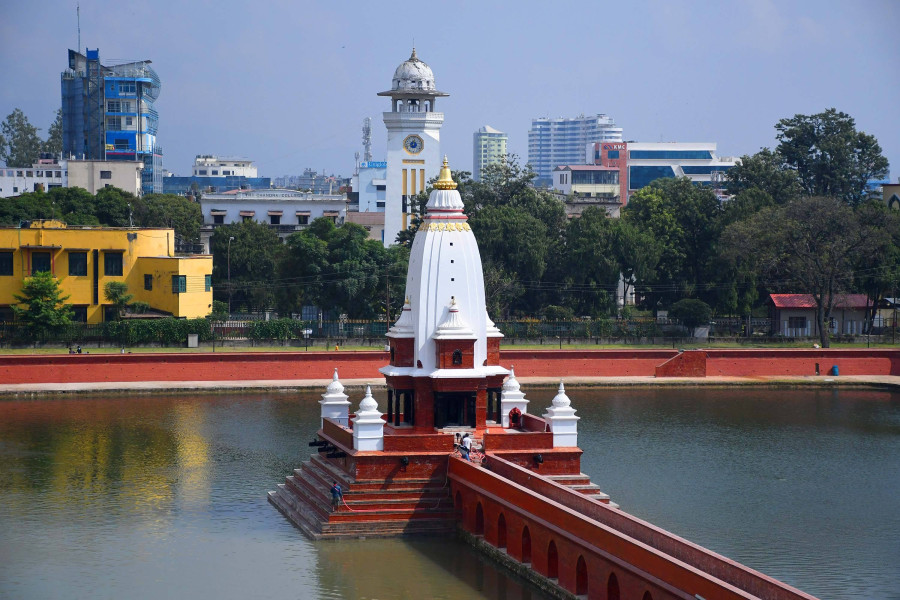Editorial
Building back better
The post-earthquake reconstruction has been too little and too late.
The inauguration of the reconstructed Ranipokhari and Durbar High School has brought a new lease of life. The inauguration right before the Dashain festival has brought some happiness among citizens. This is particularly evident in the way the photographs of the reconstructed structures were shared widely across social media. However, over five years after the earthquake, the completion of the reconstruction of a couple of structures is too little too late. President Bidya Devi Bhandari had inaugurated the national reconstruction campaign from Ranipokhari on January 16, 2016. The pond was expected to be reconstructed within a year, but it ended up taking more than four years.
The Ranipokhari reconstruction is also a prime example of how we have spent our precious time fighting amongst ourselves on how we wanted to build back better. The pond became the centre of conflict early on as the National Reconstruction Authority and Kathmandu Metropolitan City office-bearers came into conflict with conservationists over the modality of the reconstruction. It also became the site of a grand tamasha between Kathmandu Metropolitan City Mayor Bidya Sundar Shakya and Deputy Mayor Hari Prabha Khadgi as the latter claimed the reconstruction work had destroyed its original structure. Thankfully, the plan to turn the ancient pond and its surroundings into a commercial promenade with concrete structures was rightfully defeated.
The 7.8 Richter scale earthquake that shook central Nepal, killing nearly 9,000 people, had brought to the ground thousands of structures, including government and public office buildings, archaeological and cultural heritages, school buildings, and hospitals, among others. A host of these structures have already been rebuilt and are in the process of being rebuilt, some in an indigenous way and others haphazardly. However, many others need to be begun from scratch over five years after the devastating earthquake.
The reconstruction process has been hit by institutional gaps, including the absence of local government in the initial few years, lack of coordination between institutions, bureaucratic red-taping, political transition, weak governance, manpower shortage and knowledge gap. The National Reconstruction Authority, which is the focal institution for the post-earthquake reconstruction, has been at the centre of much political bickering and has not been able to expedite its work.
A report by the National Reconstruction Authority earlier this year showed that out of 7,553 schools that needed reconstruction, only 5,598 had been completed fully or partially. About 26 percent (2,015) of the quake-damaged schools were yet to be rebuilt. This year brought in additional problems, with the Covid-19 pandemic halting almost all of the reconstruction work. The completion of the Ranipokhari reconstruction work is, thus, a welcome development.
The Ranipokhari reconstruction work has also shown that indigenous knowledge is of paramount importance in building back better. While the Ranipokhari reconstruction work is worthy of emulation, considering the precious architectural and cultural heritage we need to conserve, the dillydallying and bickering is unwarranted. There are both good and bad lessons to be learned from the Ranipokhari case. It is up to the authorities to decide what they want to learn and whether they want to earn bouquets or brickbats in the future.




 13.12°C Kathmandu
13.12°C Kathmandu














